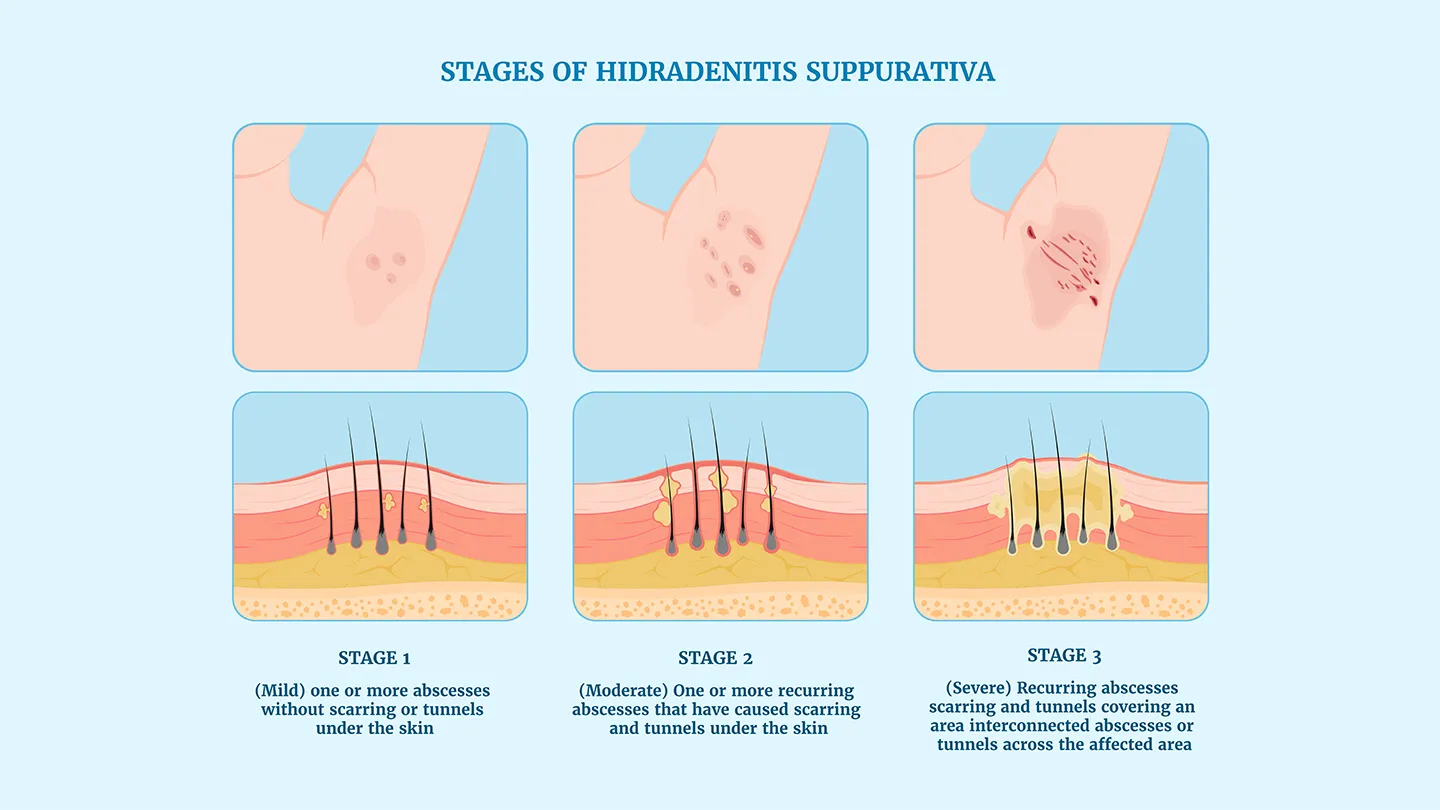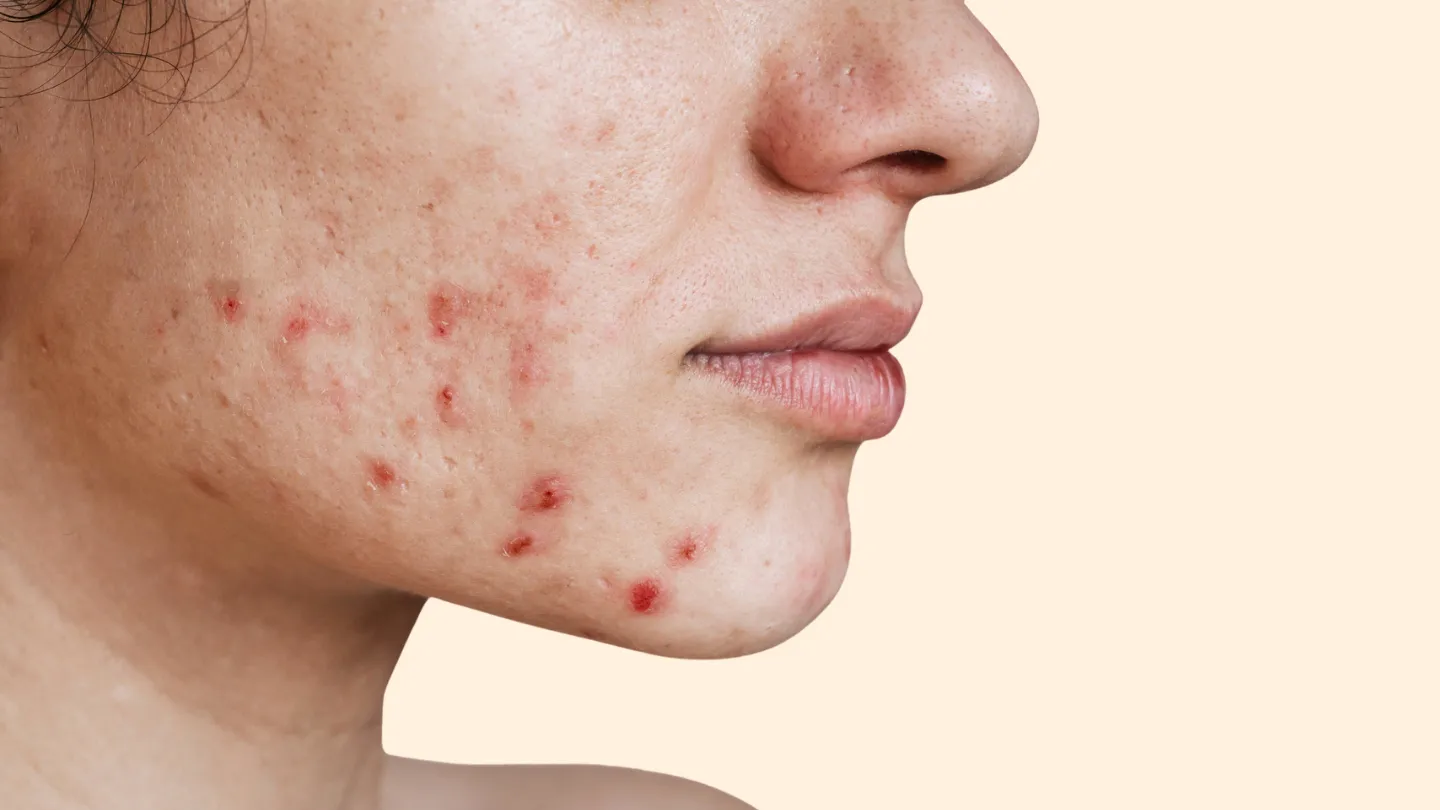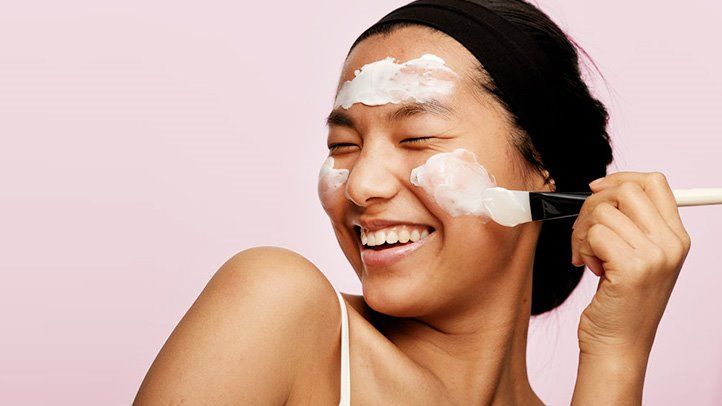Choosing the Best Foundations for Acne-Prone Skin
Having acne-prone skin can make finding the right foundation seem daunting. Certain ingredients and formulas can clog pores and exacerbate breakouts. But with so many products on the market claiming to be non-comedogenic and acne-friendly, how do you know which foundations are best? This article explores how to choose a foundation that will provide coverage without clogging pores if you have acne-prone skin.
What to Look for in an Acne-Friendly Foundation
Here are some key features to look for when selecting a foundation formulated for acne-prone skin:
- Non-comedogenic - Won't clog pores and cause acne breakouts.
- Oil-free - Prevents excess oil buildup on skin.
- Won't clog pores - Allows skin to breathe and release oil and sweat.
- Contains salicylic acid - Helps treat existing acne.
- Mattifying - Controls shine on oily areas.
- Non-irritating - Won't inflame existing acne.
- Lightweight - Won't feel heavy or make skin oily.
Ingredients to Avoid
Steer clear of these potential acne-triggering ingredients:
- Isodecyl neopentanoate
- Isopropyl isostearate
- Isopropyl myristate
- Butyl stearate
- PEG-100 stearate
- Aluminum starch octenylsuccinate
- Dimethicone
- Acrylates copolymer
- Laureth-4
- Sodium lauryl sulfate
Best Foundation Formulas for Acne-Prone Skin
Look for these acne-friendly foundation formulas:
- Powder foundation - Absorbs excess facial oil.
- Mineral foundation - Uses natural minerals versus chemicals.
- Gel-based foundation - Light, oil-free, and breathable.
- Water-based foundation - Allows skin to stay cool and sweat.
- Serum foundation - Ultra-light formula with skin care benefits.
Application Tips for Acne-Prone Skin
Apply your foundation with these tips in mind:
- Use a non-comedogenic primer first to create a barrier against acne-causing ingredients.
- Dot foundation on with a clean applicator and use gentle, pressing motions to blend.
- Don't rub foundation in, as this can push it into pores.
- Avoid applying foundation over active breakouts.
- Use a light hand and build coverage gradually.
- Always remove makeup thoroughly at night to avoid congesting pores.
Other Makeup Tips for Acne-Prone Skin
- Use oil-free, non-comedogenic versions of blush, concealer, powder, etc.
- Clean makeup brushes regularly.
- Avoid wearing makeup when home or exercising to let skin breathe.
- Watch for makeup or skincare products that irritate your skin and discontinue use.
- See a dermatologist to address any underlying acne problems.
Reviews: Top Foundations for Acne-Prone Skin
Wondering which foundations live up to their claims of being acne- and oily skin-friendly? Here are reviews of some top-rated options:
Neutrogena SkinClearing Oil-Free Makeup
- Features acne-fighting salicylic acid.
- Controls shine for up to 12 hours.
- Lightweight liquid formula.
- Blendable and buildable coverage.
- Comes in 12 shades.
Clinique Acne Solutions Liquid Makeup
- Medicated, oil-free, water-based formula.
- Contains salicylic acid acne treatment.
- Has antibacterial ingredients.
- Natural, semi-matte finish.
- Good shade range.
Juice Beauty Stem Cellular CC Cream
- Offers color correcting and light coverage.
- Uses fruit stem cell technology.
- Contains plant-derived pigments.
- Boosts collagen and elastin.
- Certified organic and vegan.
Dermablend Smooth Liquid Camo Foundation
- Provides full but lightweight coverage.
- Water-resistant for up to 16 hours.
- Fragrance-free, non-comedogenic, and non-acnegenic.
- Blends smoothly with natural finish.
- Comes in 25 shades.
La Roche-Posay Toleriane Teint Foundation
- Oil-free, fragrance-free, and non-comedogenic.
- Contains prebiotic thermal water.
- Leaves a natural matte finish.
- Suitable for sensitive and acne-prone skin.
- Has sunscreen with SPF 20.
Tips for Covering Up Acne with Makeup
While going makeup-free can be great for acne-prone skin, you may still want to use makeup to cover up blemishes or uneven skin tone on occasion. Here are some tips on how to conceal acne:
Use a Color-Correcting Primer or Concealer
Start with a green-tinted primer or concealer to neutralize redness from acne spots and scars. You can also dab on light peach shades to cover dark under-eye circles or blue tones on deeper skin.
Spot Conceal
Only apply concealer directly onto the affected area versus slathering it all over. Use a lightweight, non-comedogenic concealer that matches your skin tone. Resist the urge to layer on too much product.
Set with Loose Powder
Gently press a small amount of loose mineral powder on top of the concealer to set it. Remember to buff the edges so the powder blends seamlessly into your foundation.
Use Matte Blotting Powder
Carry oil-absorbing powder with you for touch-ups. Blotting papers can also quickly soak up excess shine on the go without disturbing your makeup.
Try Tinted Acne Treatments
Opt for medicated blemish treatments that contain tinted concealing pigments, like Neutrogena Rapid Clear Stubborn Acne Daily Leave-On Mask. It helps disguise pimples while treating them.
Go Easy on Other Makeup
Avoid applying heavy blush, bronzer, or highlighter near areas with acne. Focus on enhancing your eyes and lips instead.
Remove Makeup Thoroughly
Double cleanse at night to get rid of all traces of makeup so pores can breathe freely. Leaving makeup on can lead to more clogged pores and acne.
Natural & Organic Foundations for Acne-Prone Skin
If you want to avoid synthetic chemicals that may irritate and clog pores, try these natural and organic foundation options formulated with acneic skin in mind:
RMS Beauty "Un" Cover-Up
- Made with raw, food-grade organic ingredients.
- Silky, lightweight cream formula.
- Soothes skin with antioxidants.
- Available in a wide range of shades.
- Can be used as foundation or concealer.
W3LL People Bio Tint Multi-Action Tinted Moisturizer
- Natural, cruelty-free, and vegan.
- Offers hydrating, light coverage.
- Improves skin's tone and texture.
- Contains unique bioactive ingredients.
- Suits all skin types, including acne-prone.
Vapour Organic Beauty Atmosphere Soft Focus Foundation
- Uses organic ingredients and no chemicals.
- Delivers a soft focus effect to minimize imperfections.
- Light reflective pigments blur pores and blemishes.
- Moisturizes with natural humectants.
- Leaves a smooth, luminous finish.
Alima Pure Satiny Matte Foundation
- Formulated with mineral pigments for clean, buildable coverage.
- Contains nourishing botanical ingredients like green tea.
- Suitable for acne-prone and sensitive skin types.
- Absorbs excess oil without dryness or irritation.
- Comes in flexible shades.
Juice Beauty Phyto-Pigments Flawless Serum Foundation
- Uses plant-derived phyto-pigments.
- Delivers hydrating, medium coverage.
- Antioxidant-rich formula feeds the skin.
- Enhances skin's appearance over time.
- Free of potential irritants and toxins.
Acne Scar Cover Up with Makeup: Tips & Tricks
If you have acne scars left behind after a breakout, you may feel self-conscious about the uneven texture. While there’s no quick fix, you can use makeup to help minimize the appearance of scars and spots. Here are some cover up techniques:
Exfoliate First
Shedding dead skin cells ensures makeup glides on smoothly over any indentations or bumps from scarring. Use a gentle scrub 2-3 times a week.
Moisturize Well
Hydrating the skin plumps it up temporarily and makes an uneven surface look more uniform under makeup. Acne-friendly gels work well.
Try a Pore-Filling Primer
Primers with silicone or dimethicone help fill in pores, creases, and small scars so foundation applies more evenly.
Use a Dense Brush
Stippling on foundation with a dense, rounded brush presses it into indented scars for optimal coverage. Avoid buffing back and forth.
Spot Conceal Indents
After foundation, go back and pat concealer just onto depressed acne scars to help fill them in.
Spot Powder Bumps
If you have raised or bumpy acne scars, dusting on loose powder can help visually flatten them out.
Try a BB or CC Cream
Color-correcting creams in green, yellow, or light purple tones help neutralize red, brown, or dark scars and spots.
Use Makeup Sparingly
Caking on heavy makeup tends to settle into scars and emphasize them. Use makeup selectively just where needed.
Covering Cystic Acne with Makeup: Dos & Don'ts
Severe cystic acne with large, red, painful breakouts can be hard to cover up. While makeup won’t make cystic acne better, you can use these makeup tips to help conceal it:
Do...
- Use an acne-fighting primer containing salicylic acid or benzoyl peroxide under makeup.
- Stick to oil-free, non-comedogenic formulas.
- Use a color corrector to neutralize redness before applying foundation.
- Spot conceal only on areas that need it.
- Set concealers with loose powder to prevent smudging.
- Use a separate concealer brush just for acne spots.
Don't...
- Try to cover active breakouts with heavy foundation.
- Use concealers that are much lighter or darker than your skin tone.
- Apply foundation with fingers, as this spreads bacteria.
- Pop or pick at cystic pimples, as this causes scarring.
- Sleep in makeup, which leads to more clogged pores.
- Neglect treating the underlying acne medically.
See a dermatologist for the best treatments for severe cystic acne lesions. Makeup can only do so much when breakouts are active.
FAQs: Makeup for Acne-Prone Skin
Does makeup make acne worse?
The wrong makeup products can make acne worse by clogging pores. Choosing oil-free, non-comedogenic makeup formulated for acne-prone skin can prevent this. Proper cleansing is key too.
Should you apply foundation all over for acne?
No, dot foundation just on areas that need it versus all over the face. Sheer application focused just on acne spots helps avoid making breakouts worse.
Is powder or liquid foundation better for acne?
For acne-prone skin, light mineral powder foundations often work better than thick creams or liquids. But liquid formulas made specifically for acne can work well too.
Can I wear foundation if I have cystic acne?
It's best not to apply foundation directly on top of severe cystic lesions, as it can transfer bacteria into pores. But you can wear it lightly on clearer areas as needed.
Should I use primer if I have acne?
Yes, use an acne-friendly, oil-free primer under foundation to help fill pores and create a smoother canvas. Primers also allow you to use less foundation.
FAQs
What is the best foundation finish for acne prone skin?
Look for foundations with a matte or natural finish. Avoid dewy, luminous, or shimmery finishes, as these make skin look more oily.
Should I apply foundation all over my face if I have acne?
No, only dot foundation directly onto blemishes or spots that need coverage. Applying it all over can transfer bacteria and clog pores.
Do I need primer if I have acne-prone skin?
Yes, use an oil-free primer specifically formulated for acne-prone skin. It creates a breathable barrier between your skin and foundation.
Can powder foundation cause acne breakouts?
Powder foundations are less likely to clog pores than liquid formulas. But make sure to choose a non-comedogenic powder foundation made for acne-prone skin.
How often should I change my foundation if I have acne?
Change out your foundation every 3-6 months to avoid buildup of bacteria, oils, and dead skin cells that can clog pores and lead to more acne.
Disclaimer: This article is for informational purposes only and does not constitute medical advice. Always consult with a healthcare professional before starting any new treatment regimen.
Related Coverage
Get 140 grams of protein in your diet with this sample meal plan including food sources, budget tips, high protein breakfasts, lunches, dinners and snacks....
Zinc pyrithione can cause purging acne breakouts. Learn why it happens and get tips to minimize and treat sudden flare ups and pimples fast....
Pomade acne is a common struggle for many. Learn what causes pomade breakouts and get expert solutions to treat and prevent pimples from pomade residue buildup....
Learn what causes bacne, explore treatment options like benzoyl peroxide and laser therapy, and discover concealing techniques for hiding back acne....
Learn what causes shoulder and back acne, plus find medicated treatments, home remedies and tips to get rid of bacne and prevent future breakouts....
Bumps on the buttocks may be caused by folliculitis, carbuncles, keratosis pilaris, or contact dermatitis. Treat with OTC meds, prescriptions, procedures. Prevent with hygiene....
Spironolactone acne treatment poses pregnancy risks if taken while trying to conceive. But stopping the drug 1+ months before conception allows it to clear your system....
Learn about possible causes of bumps on the buttocks including folliculitis, keratosis pilaris, and contact dermatitis. Discover potential treatments like medicated creams, exfoliation, and irritant avoidance....
Discover the ideal flushable wipes for your bathroom needs. Compare top brands like Cottonelle, Dude Wipes, Aquarius and more based on value, eco-safety, dissolving ability and gentleness on pipes....
Soothe acne-prone skin with these natural remedies and ingredients like tea tree oil, honey, aloe vera, green tea, and witch hazel. Discover the best natural acne products for a clear, healthy complexion....






